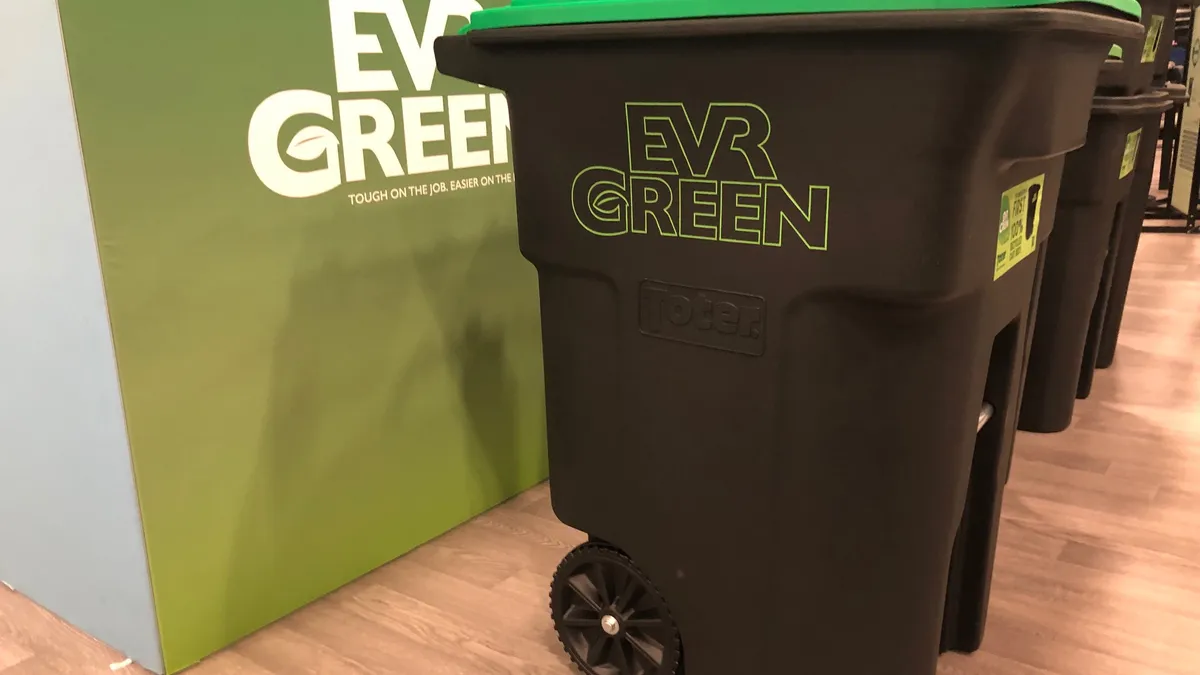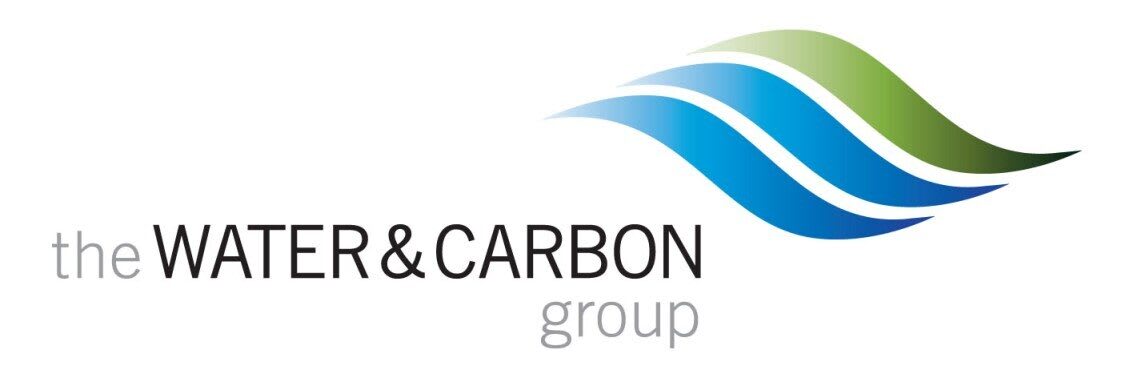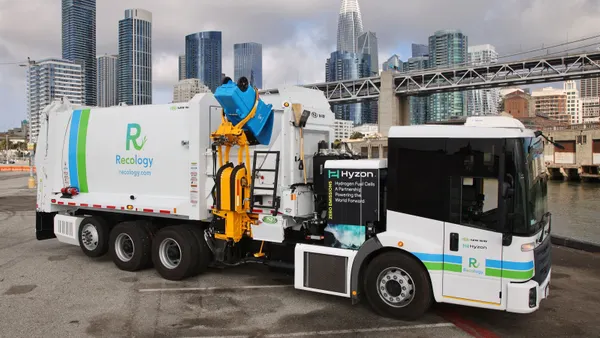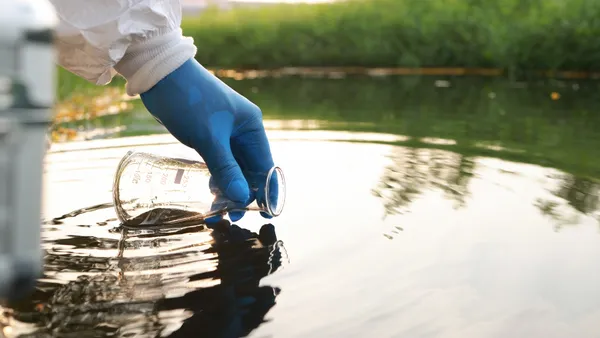Wastequip touted progress on ESG measures in its first-ever sustainability report released Tuesday. The company, one of the largest waste equipment manufacturers in North America, has been on a mission to reduce its carbon footprint and improve safety, diversity and governance metrics through its corporate responsibility program, called CORE, since 2020.
“As a manufacturer serving the waste industry, Wastequip has an incredible opportunity to integrate People and Planet into our industry, while running a successful business,” Kristin Kinder, report author and vice president of research and waste stream sustainability, said in a statement. “This report shares the depth and breadth of where that hard work has taken us and the future that foundation enables us to build.”
Wastequip’s first sustainability report highlighted several initiatives the company recently undertook, including its efforts to reduce virgin resin used in the company’s cart manufacturing by 25%. The company is responsible for 12 brands and 47 facilities.
The company reported emissions data for its trucks and containers units, which Wastequip says combined are the largest source of their emissions. Scope 1 emissions for the units totaled roughly 43,500 metric tons of carbon dioxide equivalent in 2022 and scope 2 emissions totaled roughly 26,900 metric tons of CO2e. Those units are comprised of brands Toter, Confab, Wastequip Steel, Amrep and Galbreath.
Other initiatives included efforts to bring more women into welding and other manufacturing positions and the creation of dashboards for emissions and safety data for regular reporting to upper management, including the C-suite.
Waste cart carbon footprint
The company reduced virgin resin per cart by 12.9% in 2022 compared to its 2019 production process. Wastequip previously hired an outside consultant to perform a lifecycle assessment to determine the carbon footprint of a Toter waste cart. They found that about 5.6 pounds of CO2e are produced per pound of a 96-gallon cart over the course of its lifespan. About 80% of that footprint comes from the virgin resin and energy used to create the cart, leading Wastequip to set a goal of reducing virgin materials in carts by 25%.
After testing a mixture of post-industrial and post-consumer resins, Wastequip developed its 100% recycled content cart, named EVR-Green, which has a carbon footprint that’s 37% lower than the all-virgin Toter cart.
The company also began a cart buyback program with its customers after it learned via survey that 30% of the municipalities and private customers it serves dispose their waste carts. In 2022, the company began identifying alternative uses for those carts, bringing 625,000 pounds of the carts back to Wastequip and sending 5.8 million pounds to local recyclers.
Personnel and safety
Wastequip reported it achieved gender pay equity across the company's 3,400 employees, measured as “all males and females at the company” making within 3% of the target market salary.
Corporate and office personnel make up 27% of Wastequip's staff. The company reported that 30% of the CEO’s staff is diverse by gender or ethnicity, and 75% of the company's board is diverse by gender or ethnicity.
On safety, the company reported its lost time incident rate has declined since the first quarter of last year, and its recordable incident rate has declined since the second quarter of last year. Both measures reached new lows for Wastequip in the first quarter of 2023. The company says its LTIR is half the industry average and its RIR is 30% lower than the industry average.
Tying metrics to business operations
Last year, Wastequip began running all capital expenditure proposals through a qualitative analysis of how they align with CORE goals. Since 2021, the company has also tied executive compensation to meeting goals in the CORE program.
In 2022, the company also began requiring its product developers to begin scoring products based on a sustainability matrix that considers the environmental impact of a potential product throughout its life cycle.














